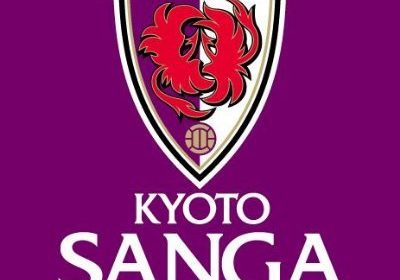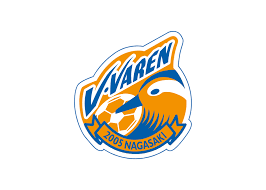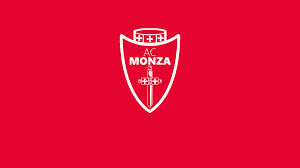The Sudan Premier League operates under the auspices of the Sudan Football Association, which governs its structure and regulatory framework. Understanding the intricacies of how the league works gives us a clearer picture of the competitive nature of Sudanese football 888b.
The Structure and Organization of the Sudan Premier League
Currently, the league consists of several clubs that compete against each other in a round-robin format. Each team plays every other team twice: once at their home stadium and once away. This system ensures that all clubs have an equal opportunity to showcase their skills and earn points towards the championship.
The competitive nature of the league is heightened by the relegation and promotion system in place. At the end of each season, the lowest-performing teams face relegation to lower divisions, while the top teams from those divisions are promoted to the premier league. This dynamic keeps the competition fierce, as clubs strive not just for glory but also to avoid the drop.
Governance and Rules
The governance of the Sudan Premier League is essential for maintaining its integrity and ensuring fair play. The Sudan Football Association enforces rules and regulations that govern player transfers, eligibility, and conduct both on and off the field.
Disciplinary committees play a crucial role in addressing disputes and ensuring that clubs adhere to the league’s standards. Moreover, there are strict guidelines regarding player conduct, which aim to promote sportsmanship and respect among all participants. These measures contribute to a more professional environment where players can thrive.
Financial Landscape
The financial aspects of the Sudan Premier League are critical to its sustainability. Clubs rely on various revenue streams, including sponsorships, ticket sales, and merchandise. However, the economic situation in Sudan has posed challenges for many clubs.
Efforts have been made to attract corporate sponsors and foster partnerships that can provide much-needed financial support. The success of these initiatives can significantly influence a club’s performance, as better funding allows for improved facilities, coaching staff, and player acquisitions.
Despite the hurdles, the commitment of clubs to innovate and seek additional revenue sources demonstrates their determination to succeed in a challenging environment.





